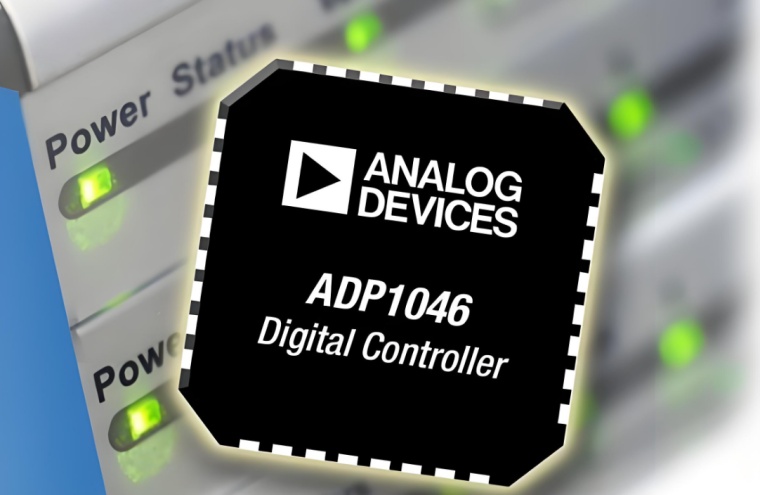**ADN4668ARUZ: A Comprehensive Guide to the Quad LVDS Line Driver**
In the realm of high-speed digital data transmission, managing signal integrity across PCBs and cables is a paramount challenge. The **ADN4668ARUZ** from Analog Devices stands as a critical solution, a specialized integrated circuit designed to ensure robust and reliable data transfer. This article provides a comprehensive guide to this versatile quad Low-Voltage Differential Signaling (LVDS) line driver.
**Understanding the Core Technology: LVDS**
At its heart, the ADN4668ARUZ leverages **LVDS technology**, a signaling standard that offers a superior alternative to single-ended signaling methods like TTL or CMOS. LVDS operates by sending a differential signal—the information is encoded as the voltage difference between two complementary lines. This methodology provides exceptional **noise immunity**, as any noise picked up along the transmission path is common to both lines and is effectively canceled out at the receiver. Furthermore, LVDS consumes very little power, generates low electromagnetic interference (EMI), and is capable of supporting very high data rates.
**Key Features and Specifications of the ADN4668ARUZ**
The ADN4668ARUZ integrates four independent LVDS drivers into a single, compact package. Its defining characteristics make it suitable for a wide array of applications.
* **Quad Channel Design:** The device features **four independent differential line drivers**, allowing it to transmit four separate data streams simultaneously. This is ideal for parallel data bus applications, such as in video interfaces or high-speed digital communications.
* **High-Speed Performance:** It supports a staggering maximum data rate of **800 Mbps per channel**, making it capable of handling the demands of modern high-bandwidth systems.
* **Low Power Consumption:** True to the LVDS standard, the driver consumes minimal power, typically drawing a low supply current of 11 mA per channel with a 3.3V supply.
* **Low Propagation Delay:** The device exhibits a very short and well-matched propagation delay, which is crucial for maintaining timing alignment in synchronous systems.
* **Fail-Safe Design:** A key feature is its integrated **fail-safe circuitry**. This ensures that the output is in a known high-impedance state if the inputs are open, shorted, or terminated, preventing erroneous data from being transmitted.
* **Compact Package:** It is offered in a small 16-lead TSSOP package, saving valuable board space in dense electronic designs.
**Typical Applications**
The robust performance of the ADN4668ARUZ makes it an excellent choice for numerous applications where signal integrity is non-negotiable. Common uses include:

* **Point-to-Point Data Transmission:** Driving signals across backplanes and cable harnesses.
* **Flat Panel Display Interfaces:** Transmitting high-speed digital video data from controllers to displays.
* **Network and Data Communication Equipment:** Used in routers, switches, and base stations.
* **Industrial Control Systems:** Providing noise-resistant communication in electrically noisy environments.
* **Medical Imaging Equipment:** Where high data rates and reliability are critical.
**Design Considerations**
Implementing the ADN4668ARUZ effectively requires attention to several design aspects. Proper **PCB layout is critical**; the differential pairs must be routed with consistent impedance, matched lengths, and as close as possible to each other to maintain signal integrity. Furthermore, the transmission lines must be terminated at the receiver end with a 100-ohm resistor to prevent signal reflections that can degrade performance.
**ICGOODFIND**
The **ADN4668ARUZ** is a powerhouse component for modern digital design. Its combination of **high-speed data handling, exceptional noise immunity, and low power consumption** establishes it as an indispensable solution for engineers tackling the challenges of reliable data transmission in demanding environments. By understanding its features and adhering to best design practices, developers can fully leverage its capabilities to create robust and high-performance systems.
**Keywords:**
1. **LVDS Driver**
2. **High-Speed Data Transmission**
3. **Noise Immunity**
4. **Differential Signaling**
5. **Signal Integrity**
